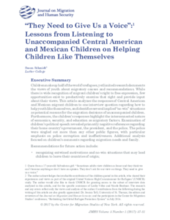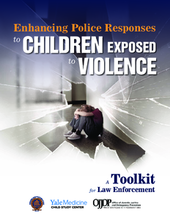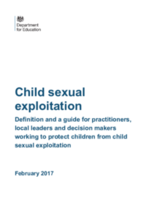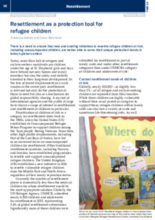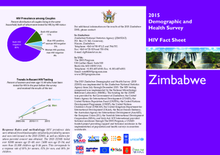Displaying 2911 - 2920 of 4392
This article analyzes the responses of Central American and Mexican migrant children to one interview question regarding how to help youth like themselves, and identifies several implied “no-win” situations as potential reasons for the migration decisions of unaccompanied children.
This new toolkit provides practical tools and resources to assist law enforcement agencies in building or enhancing effective operational responses to children exposed to violence (with or without a mental health partner). This toolkit contains tools targeted to police leaders and frontline officers.
This report is based on Human Rights Watch visits to five state-run orphanages and ten state-run schools, including six special schools and four mainstream schools, and interviews with 173 people, in eight cities in Armenia.
The document outlines the new civil definition of child sexual exploitation, developed by the Home Office and DfE, together with an overview of our current understanding of the issue and an evidence-informed set of principles for responding.
This collection of annexes accompanies the publication entitled ‘Definition and a guide for practitioners, local leaders and decision makers working to protect children from child sexual exploitation.’
The advice presented in this report is non-statutory, and has been produced to help practitioners, local leaders and decision makers who work with children and families to identify child sexual exploitation and take appropriate action in response.
This paper presents achievements and implications of care and support programmes among OVC in Kogi State, Nigeria
In the attached article Susanna Davies and Carol Batchelor discuss the importance of ensuring methods of resettlement are able to function in today’s global context.
This HIV Fact Sheet provides short demographics on HIV prevalence and trends in Zimbabwe
This document details the guiding principles for para professionals in the social service workforce.

